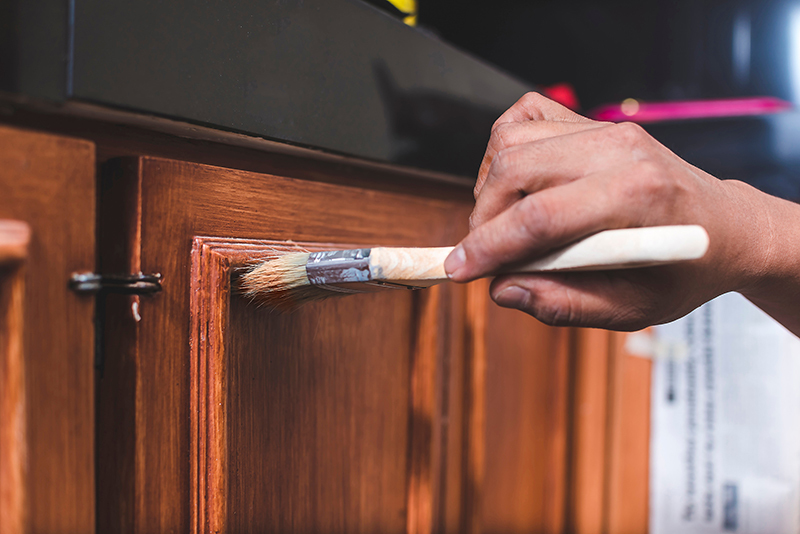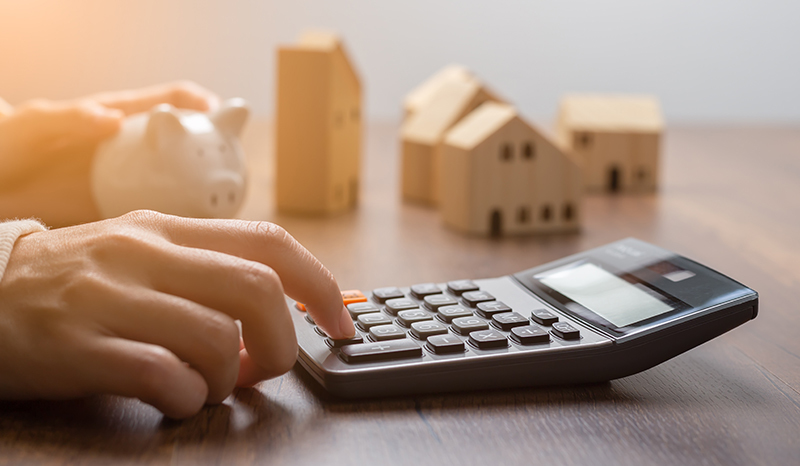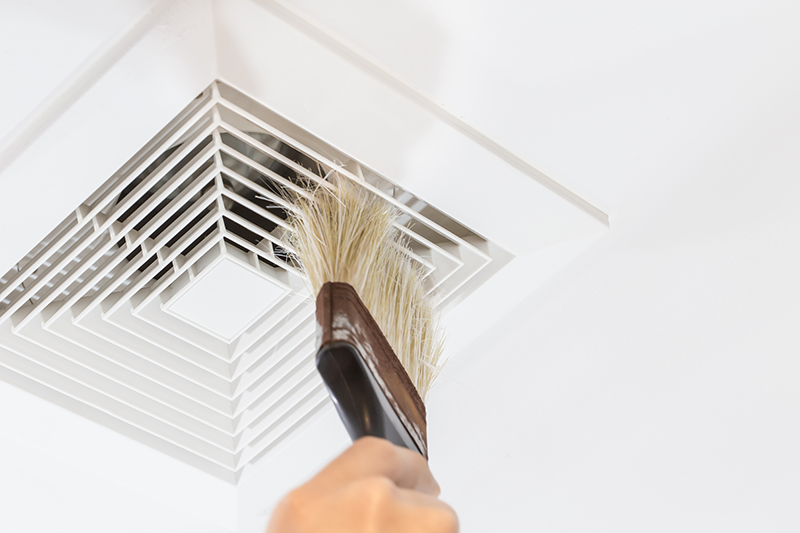Smith Mountain Lake Made The Top 10!

Exciting News! Smith Mountian Lake made the Top 10 places in the U.S. to buy a Lake House in 2023! Now is a great time to start looking for that great lake house Smith Mountian Lake just might be the perfect place for you and your family!



















 With more stuff than you probably need or want, decluttering before a move can seem overwhelming, but you don’t want to pay movers to move or store items you don’t use, love or want. Here are some tips to make it quicker and easier:
With more stuff than you probably need or want, decluttering before a move can seem overwhelming, but you don’t want to pay movers to move or store items you don’t use, love or want. Here are some tips to make it quicker and easier:

